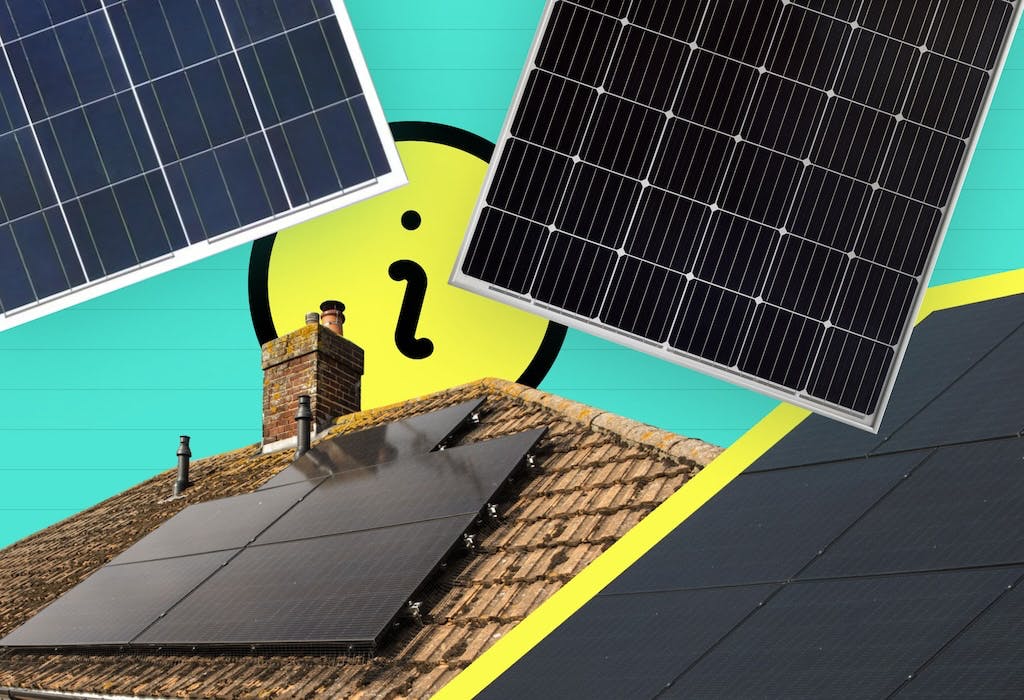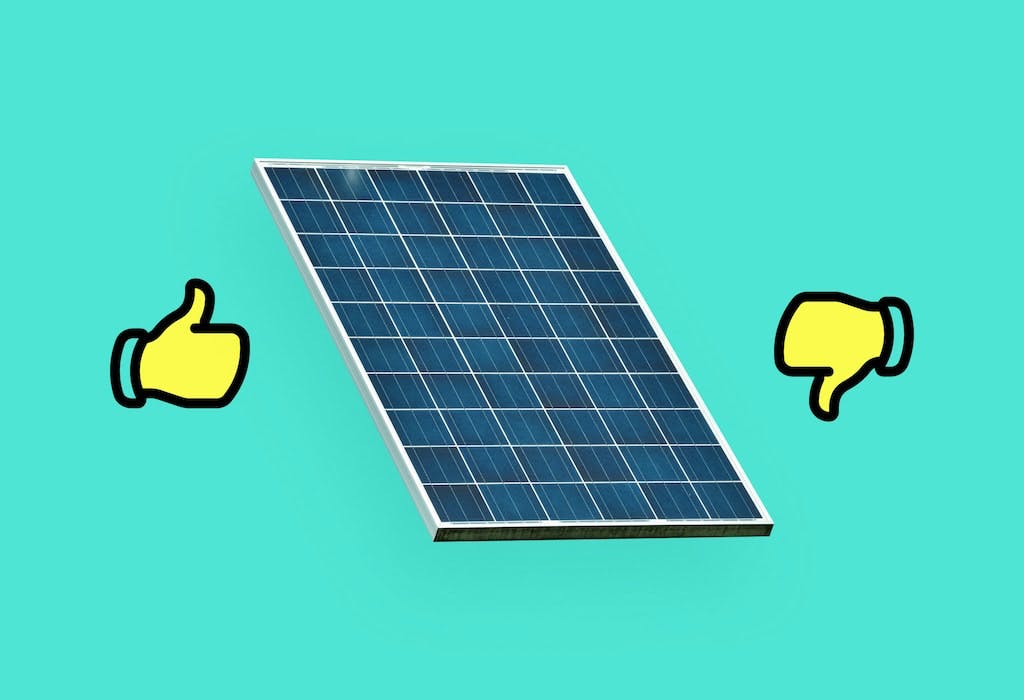- Solar advice hub
- Solar-energy
- Which countries use the most solar energy?
Which countries use the most solar energy?
Our rundown of the countries around the world using the most solar energy, from Mexico to China.


Why you can trust our content
We know that the solar industry is full of misinformation, but we only use reliable sources, including:
- Our experienced solar experts, installers and system designers
- Our own database of solar & battery system designs
- Authoritative bodies like MCS and the UK government



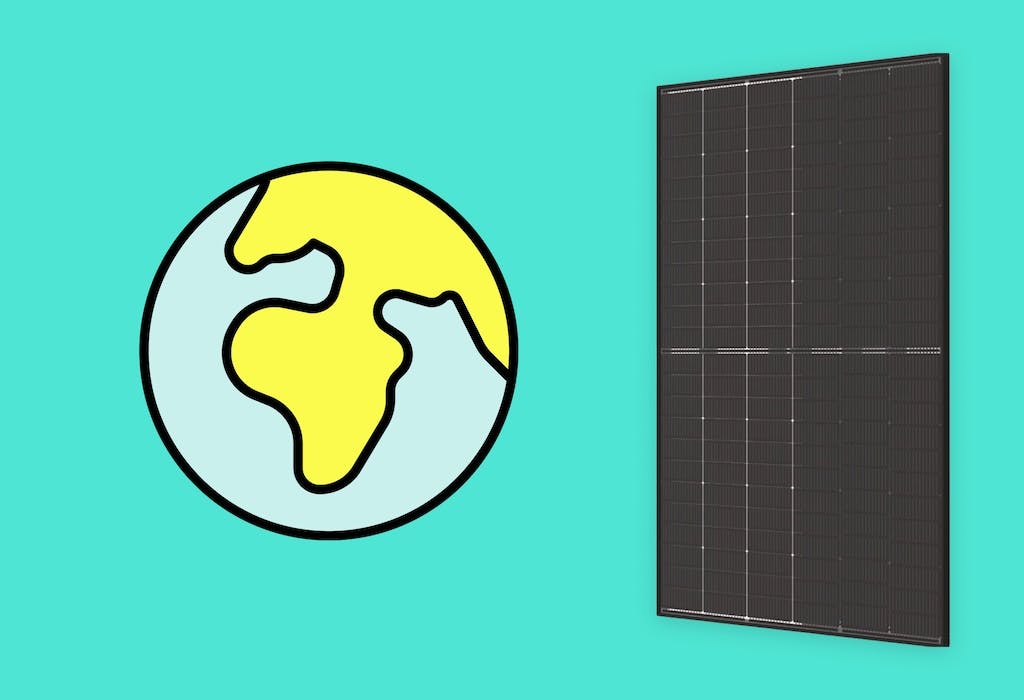
Calculate savings
What kind of home do you live in?
Calculate savings
What kind of home do you live in?
At a glance
The world is dealing with the effects of climate change and dwindling natural resources. And as a result, the focus on renewable energy sources has increased.
Many countries have made significant progress in integrating solar energy into their power generation, setting an example for others in terms of consumption and infrastructure development.
In this article, we’ll explore the top 13 countries leading the way in adopting solar power to combat climate change, with data sourced from Statista.
Find out how much you can save
What kind of home do you live in?
The top 13 countries for solar energy consumption
13. Mexico
% of global solar energy consumed in 2022: 1.5%
Mexico's solar power sector has been growing steadily, with a total installed capacity of 9.36 gigawatts (GW) at the end of 2022 - a 14.4% increase from the previous year. By 2028, the country plans to add another 10GW.
Of course, Mexico’s prime sun-drenched position makes it an ideal location for optimum solar electricity generation.
And despite limited land and an underdeveloped grid, incentives like tax benefits have motivated residents to adopt solar energy. Mexico's government has also invested $5 billion in solar projects, aiming to increase the renewable electricity share to 35% by the end of 2024.
12. United Kingdom
% of global solar energy consumed in 2022: 1.5%
The UK's relationship with solar energy has seen significant growth, reaching a total solar capacity of 17GW at the end of 2022.
Domestic incentives like the original feed-in tariffs (FiT) scheme in 2010 and the newer Smart Export Guarantee (SEG) have helped this growth by encouraging homeowners and businesses to invest in solar panels and get paid for the surplus electricity they generate and export.
The government also introduced various grants and schemes to help low-income and vulnerable households with certain conditions switch to renewable technology.
The UK is aiming for 70GW of solar power by 2035, as part of its goal to reach net zero carbon emissions by 2050.
11. France
% of global solar energy consumed in 2022: 2%
By the end of 2022, France had a total solar capacity of 17.4GW - but the country is stepping up its solar game, targeting 48.1GW by 2030 and 140GW by 2050. Solar power contributes 4.3% to France's total energy generation mix
Like the UK, France offers incentives like feed-in tariffs, tax credits and low-interest loans to promote solar installations.
Notably, France has been focusing on developing innovative floating solar projects. In late 2023, construction began on Europe’s largest floating solar plant - a 74.3MW project in north eastern France, due to be commissioned in 2025.

The UK's first solar subscription
- No upfront cost
- Fixed monthly fee
- 20-year Sunsave Guarantee
10. South Korea
% of global solar energy consumed in 2022: 2%
South Korea's solar power capacity reached just over 24GW at the end of 2022, a 13.3% increase on the previous year. Despite not being a leading producer, the country currently manufactures 1.9% of the world’s solar panels.
The driving force behind this growth has been government policies on feed-in tariffs, which have been replaced by the country's Renewable Portfolio Standard (which sets annual renewable energy targets for power companies).
The South Korean government's Energy Transition Roadmap aims to increase the share of renewable energy in the country’s power generation mix from 7.6% to 20% by 2030, with solar and wind playing key roles.
To further encourage solar panel installation, the government introduced additional incentives for projects in rural areas, but conflicts over farmland use have raised concerns about food security and the need for a diversified renewable strategy.
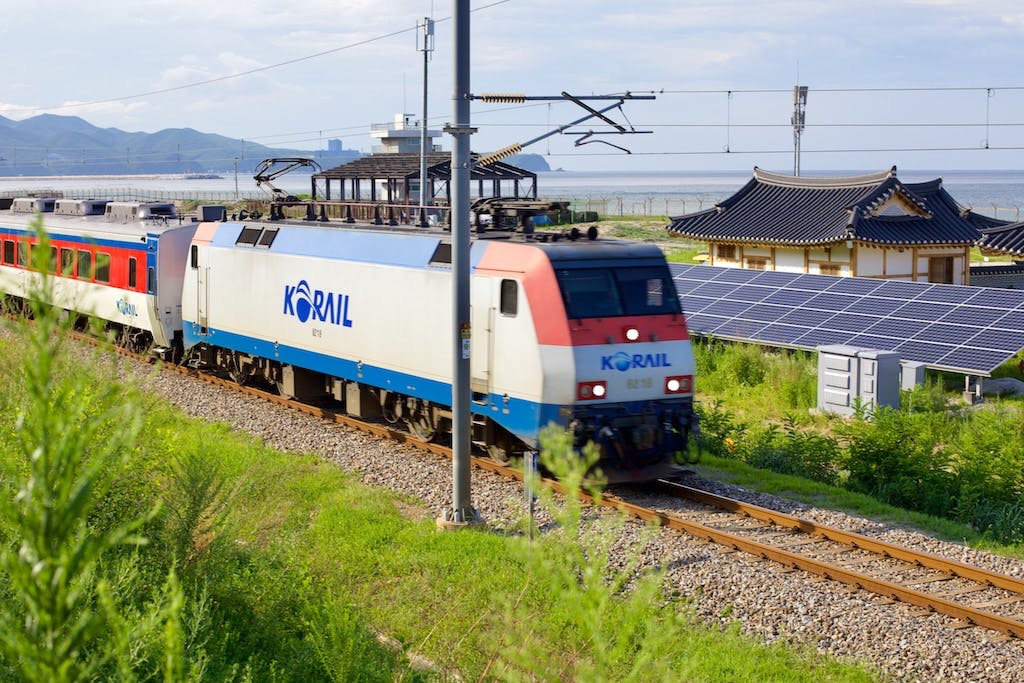
9. Italy
% of global solar energy consumed in 2022: 2.1%
Italy is one of the leading European countries for solar energy adoption, with over 25GW of total solar capacity installed at the end of 2022. And in 2023, the country added 5.23GW of new solar capacity, surpassing most predictions.
Italy focuses on rooftop and large-scale installations, with incentives like net metering, feed-in tariffs, tax deductions, and green certificates. Through its generous Superbonus scheme, households can take advantage of a 110% tax credit for energy-efficient home improvements, which includes the installation of solar panels.
Italy has set ambitious targets of 79.9GW solar capacity by 2030 . The country’s progressive policies and simplified procedures under the EU's National Energy and Climate Plan (NECP) are driving the push for energy independence.
8. Brazil
% of global solar energy consumed in 2022: 2.3%
At the end of 2022, solar power became Brazil's second-largest electricity source, surpassing wind energy, with installed capacity reaching around 24.08GW.
With its abundant sunlight, Brazil has become a top destination for solar energy projects, attracting over $20 billion in investments. The country aims to achieve a solar capacity of 47GW by 2030.
The Brazilian government encourages solar adoption by reducing taxes for solar panel owners. By participating in the distributed generation scheme, homeowners can produce their own electricity, consume it, and sell any remaining power through net metering until at least 2045.
7. Spain
% of global solar energy consumed in 2022: 2.6%
By the end of 2022, Spain's solar capacity hit 20.5GW, accounting for 12% of its electricity generation and securing its place as the second-largest European country in terms of solar capacity.
Spain plans to achieve 74% renewable electricity by 2030 and 100% by 2050, with solar playing a crucial role. To reach the NECP's target of 76GW of solar capacity by 2030, the Spanish government introduced a range of initiatives, including tax rebates, tax reductions on installations, and grant funding (which ended in 2023).
Despite challenges around administrative delays and skilled labour shortages across Europe , Spain's solar sector still benefits from favourable conditions as one of the sunniest places on the continent.
6. Australia
% of global solar energy consumed in 2022: 2.9%
As the country with the world’s most solar panels installed per person, Australia had just under 29.7GW of solar capacity at the end of 2022.
According to Australia’s Clean Energy Council, rooftop solar produced 25.8% of the country’s renewable energy in 2022. Incentives such as rebates, feed-in tariffs, and Small-scale Technology Certificates (STCs) have helped support this increase by lowering upfront expenses.
In 2023, Australia's average household solar installation size grew from 2kWp in 2011 to 8kWp. By 2050, Australia’s rooftop solar capacity is projected to increase to at least 66GW with strong government action.
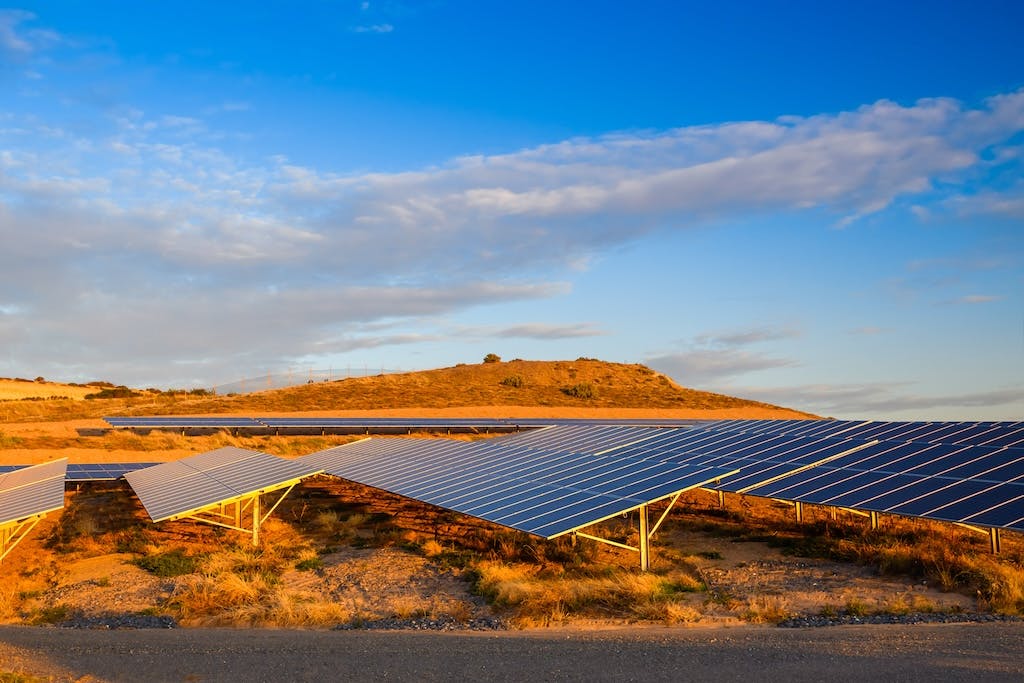
5. Germany
% of global solar energy consumed in 2022: 4.6%
Germany is the European leader for solar capacity, with over 66.6GW installed in 2022 - that’s more than triple Spain’s capacity, even though the country has fewer sun hours.
Despite slight decreases in installations due to policy changes, Germany plans to reach 215GW of solar capacity by 2030 and an 80% renewable electricity share, emphasising its commitment to solar as a central energy source.
A record 1 million new solar power systems were installed in 2023, adding 14GW to the German grid , with residential installations accounting for half. Incentives like VAT exemptions, tax breaks and rebates for tiny balcony systems have supported this growth.
4. India
% of global solar energy consumed in 2022: 7.2%
In 2022, India was the world's fourth largest consumer of solar-generated electricity and the world's fourth largest producer of solar panels. With the country’s 300 clear sunny days per year and growing demand for clean energy, India hit 63.2GW of installed capacity that year.
Back in 2018, India surpassed its initial 2022 solar capacity target of 20GW four years ahead of schedule and is now committed to achieving 500GW of renewable capacity by 2030, with solar energy expected to account for 280GW.
Despite challenges around grid integration and energy storage, Indian government initiatives have supported widespread solar adoption, such as the Production Linked Incentive (PLI) scheme, the Solar Energy Corporation of India (SECI) auctions, and the Pradhan Mantri Kisan Urja Suraksha evam Utthaan Mahabhiyan (PM-KUSUM) scheme for farmers.
3. Japan
% of global solar energy consumed in 2022: 7.7%
With over 83GW of installed solar capacity in 2022, Japan ranks third on this list as a global leader in solar development. Notably, Japan’s focus on renewable energy is part of a policy shift away from nuclear power after the 2011 Fukushima accident.
Japanese government initiatives like feed-in tariffs, rebates and subsidies have driven solar deployment, with solar power contributing 9.9% to the country’s electricity generation mix in 2022. The overall aim is for 108GW of solar capacity by 2030, and net zero emissions by 2050.
Japan's focus on innovation includes popularising flexible solar cells and integrating solar panels into public infrastructure. For instance, all new homes in Tokyo built by large building companies in 2025 will have mandatory solar panels.
2. United States
% of global solar energy consumed in 2022: 15.6%
Second on this list is the United States, the largest solar cell producer outside of Asia and the second largest consumer of electricity overall. In 2022, the US had just over 113GW of solar capacity installed - almost 1.5 times Japan’s solar capacity.
In 2023, solar capacity in the US surged to 161GW from around 4.7 million solar PV installations , providing 3.9% of the nation's electricity. By 2028, the US expects to reach 377GW.
The US Inflation Reduction Act has extended a 30% tax credit for solar projects until at least 2035. This, along with local state tax credits and rebates, has expanded solar nationwide in line with goals set for 100% clean electricity by 2035, and net zero emissions by 2050.
However, despite the progress, the US still grapples with supply chain issues, rising interest rates, and state-specific policy changes on solar panels, all of which could affect future growth.
1. China
% of global solar energy consumed in 2022: 32.3%
China dominates the solar energy sector, producing 77.8% of the world's solar panels and possessing 393GW of solar capacity in 2022.
According to the International Energy Agency (IEA), China built more solar panels in 2023 than the entire world did in 2022. By 2028, just under 60% of the world’s renewable energy generation will be in China, and the country is on target to reach its 2030 solar targets six years early, in 2024.
Although the Chinese government phased out feed-in tariffs and other solar subsidies in 2022, supportive policies mean the country’s solar industry is still growing - despite the fact China’s grid isn’t yet able to handle all the additional power.
Still, China aims to build 1,200GW of renewable energy capacity by 2030 - to reach its goal of net zero by 2060 - and the country is on track to achieve that goal in 2025, five years ahead of schedule.
To learn which other countries produce solar panels alongside China, check out our guide to where solar panels are made.
Summary
China is undoubtedly the global leader in solar energy generation and consumption, boasting an installed capacity of over 393GW in 2022 - a significant portion of the world's total solar capacity.
However, the other 12 countries on this list have also made impressive strides in solar energy development. This collective commitment shows how countries are embracing solar power to meet their energy needs, combat climate change, and move towards a greener future.
Find out how much you can save
What kind of home do you live in?
Global solar energy consumption: FAQs
Related articles

Written byMelody Abeni
Based in London, Melody is a specialist green technology writer who has been covering sustainability, climate action and ESG for the past five years, after gathering operational experience in green investing and financial services. She has written for various industry publications, including renewable technology advisor The Eco Experts, and she holds a Master’s degree in law from Birkbeck University.



